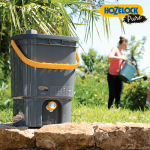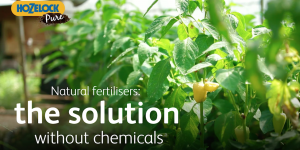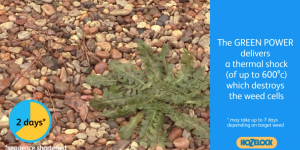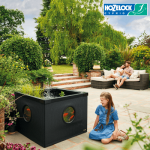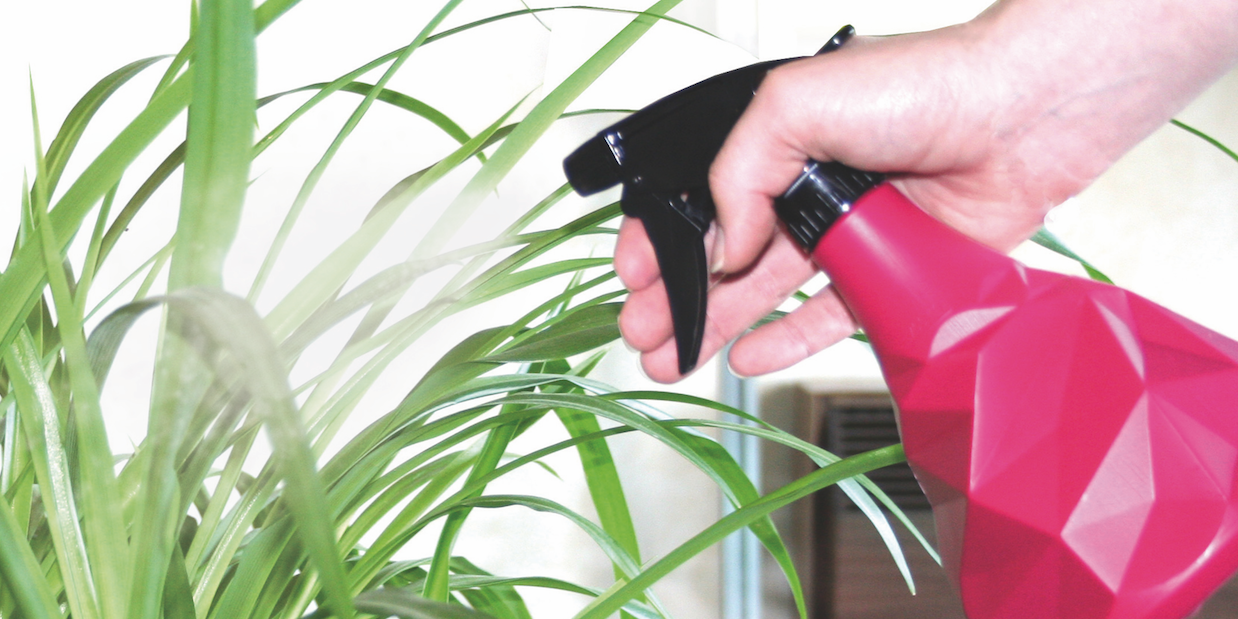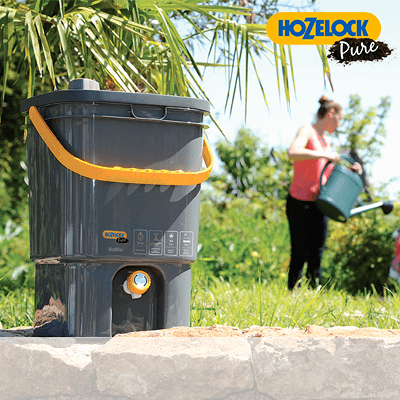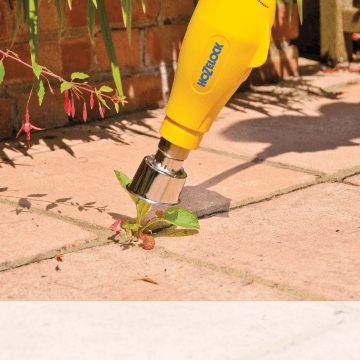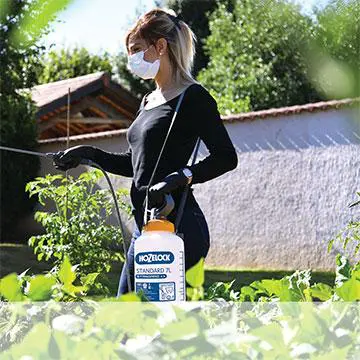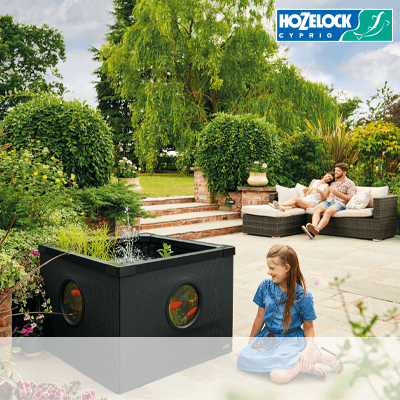As a result of urbanisation, interior design trends and a rising focus on mental well-being, houseplants are rapidly growing in popularity.
The Royal Horticulture Society reported a 50% rise in houseplant sales in the past year and it’s safe to say the houseplant trend is here to stay.
Whether you’re turning to nature to help boost your mental health or simply looking to freshen up your home, houseplant keeping is will be an enjoyable and rewarding hobby.
Here are the top 6 most popular houseplants every beginner should know about:
1. Spider plants (Chlorophytum)
Family: African plant of the asparagus family
Difficulty level: Easy
Pet friendly:
ASPCA lists Spider Plants as non-toxic for both dogs and cats. Spider Plant can however attracts cats in part because they are mildly hallucinogenic and make them suffer from an upset stomach if over-eaten.
Benefits:
Spider plants have beautiful vivid colours and grow sprouts, called ‘plantlets’ along runners from the main bush, giving the plant a spidery look and rewarding you with frequent spider plant ‘babies’ which you can grow another plant or give to friends and family. You could grow them in tiny pots to give as simple yet meaningful gifts.
Location/room of house:
Semi-shady to partial direct sun, so they can either be on your desk or in hanging containers placed in well-lit room or by the window (preferably northern-facing). You can place your spider plant in any room that gets some sunlight, but it shouldn’t be placed in the full afternoon sun.
Too much sunlight – Slow growth and white streaks on the leaves to fade to green and look limb. Move to a darker place and the plant should recover.
Too little sunlight – leaves will turn yellow and will start to drop.
Watering: Water once a week, maybe twice in summer if the plant looks very thirsty. Watering from the top or from the bottom are both fine, use whichever you prefer. Before watering, check the soil of the plants to see if it’s dry to the touch and leave if still moist for another day or until dry.
Symptoms of underwatering your spider plant – Leaves will start to fade from deep green to a lighter/pale grey or green colour and possibly curl up.
Symptoms of overwatering your spider plant – Leaves will start to turn brown and die slowly. If you see this happening, stop watering, let it the soil dry out and then water again. Usually recovers well.
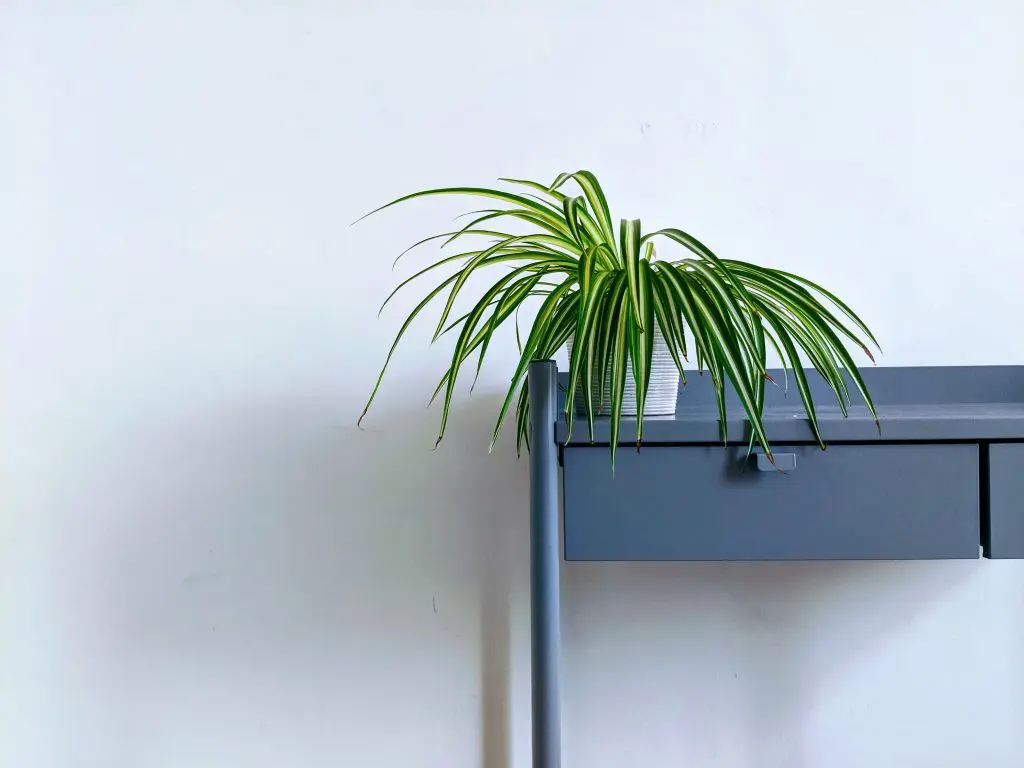
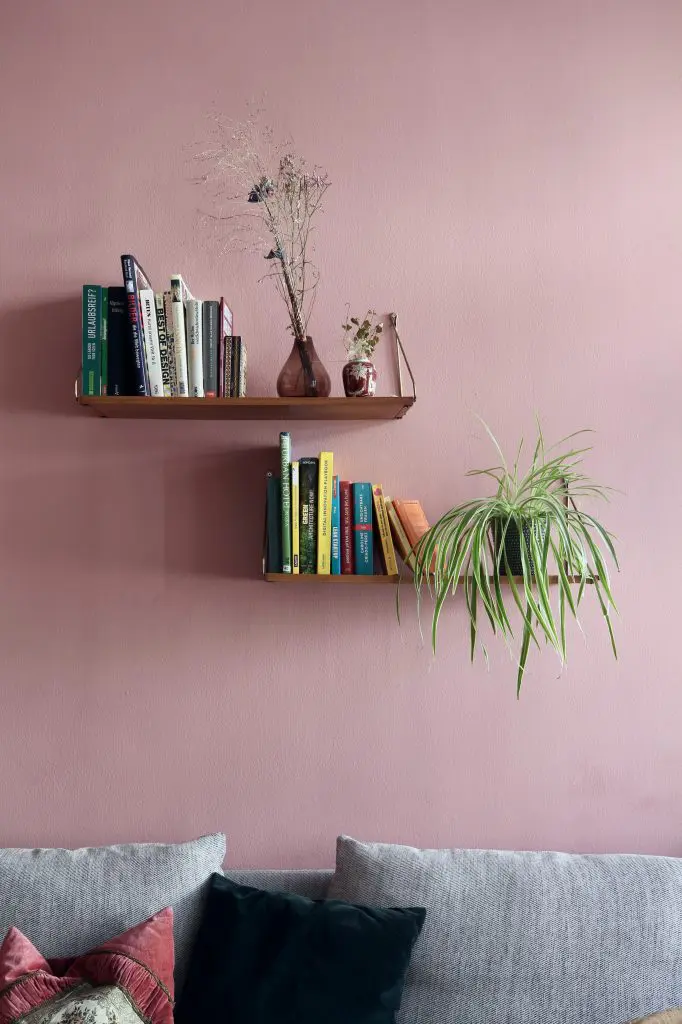
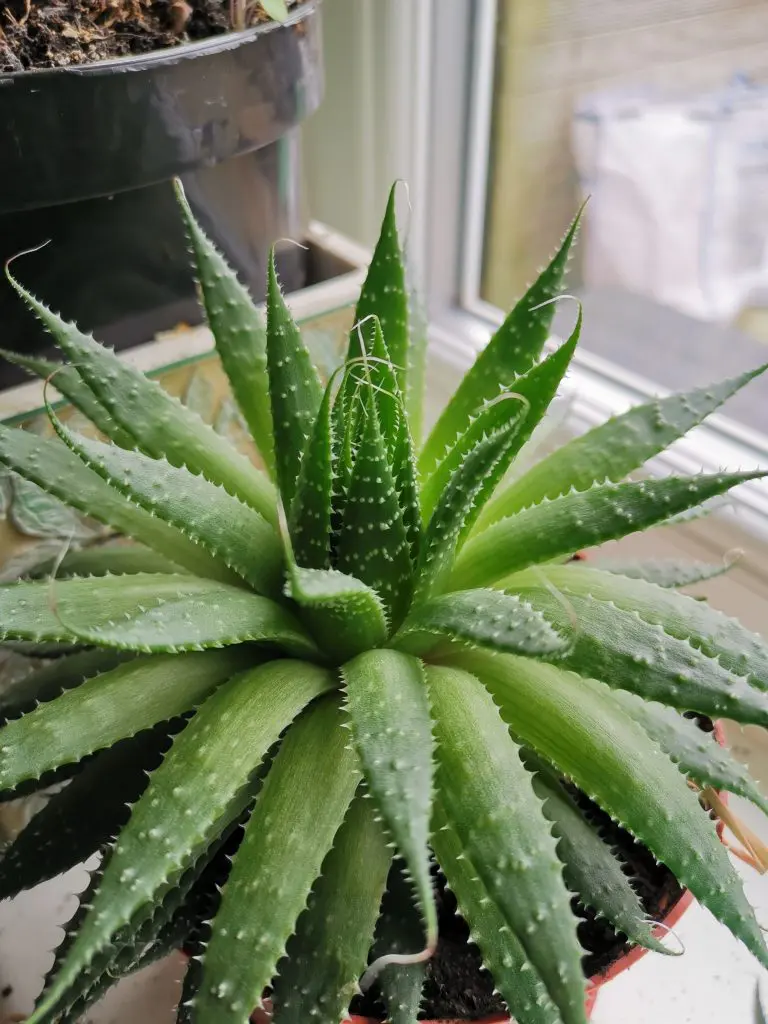
2. Aloe Vera
Family: Asphodelaceae (Liliaceae) family (succulent)
Difficulty level: Easy
Pet friendly: ASPCA lists as Toxic to Dogs, Cats and Horses if ingested. Can cause unpleasant symptoms such as nausea or indigestion and may even be toxic in larger quantities.
Benefits: 2020’s most popular houseplant. The plants thick, tall stems are not only attractive but double as self-regenerating first-aid kit as they can be broken open to reveal juices that soothe rashes and burns.
Location/room of house: Place in bright, indirect sunlight or artificial light. Ideally western / southerly window but full summer sun will be too much. Aloe vera will gracefully decorate a kitchen shelf, well-lit office space or living room. Allow it to sit in partial shade for a week before moving into a brighter location.
Too much sunlight – Plants grown in very hot sunlight can become sunburned, leading to browning
Too little sunlight – Plant weakens and the leaves may crease or bend at the base or in the middle
Watering: Every two weeks in summer, water every four weeks in winter. Water deeply, but infrequently. The soil should feel moist after watering.
Symptoms of underwatering – Brown spots, dry soil, and brittle roots
Symptoms of overwatering – Brown spots, wet soil, and mushy roots
3. Bamboo
Family: Phyllostachys aurea
Difficulty level: Easy (depending on the type)
Pet friendly: ASPCA lists Non-Toxic to Dogs, Non-Toxic to Cats, Non-Toxic to Horses
Benefits: One of the UKs most popular house plants, Bamboo looks gorgeous in any home. The common name bamboo is applied to over a thousand plant species some 50 tall or feet or more. However, it is possible to grow certain types of bamboo indoors the most common being ‘Lucky Bamboo’ (technical not true bamboo but one of the most popular), ‘Buddha’s Belly’, ‘Yellow Grove’ and ‘Japanese Arrow Bamboo’.
Location/room of house: If the plant has small leaves, keep it in a warm room but if it has large leaves, keep it in a cool room. Bamboo requires moderate or indirect sunlight. Prefers a spot that gets full sun with most requiring at least 4 hours of direct sun per day. Rotate the pot every other week to be sure all sides of the plant get light.
Bamboo does not like the mostly dry air typical of indoor environments. Use a spray bottle to produce a light mist every couple of days to wet the foliage and create more moisture in the air.
Too much sunlight – Too much Direct sunlight will scorch the leaves, so avoid placing your plant in front of a bright window.
Too little sunlight – A weak plant that does not grow to its fullest potential or develop its brilliant colour
Watering:
Water every seven to 10 days and mist once or twice a week. Make sure the soil of your bamboo is kept slightly damp. Don’t let the soil completely dry out, but don’t overwater it as that can lead to root rot (slightly on the dry side is always preferable to soggy soil) Bamboo does not need much water to survive.
Symptoms of underwatering your spider plant – dry soil; leaves begin to drop, and bamboo turns yellow.
Symptoms of overwatering your spider plant – soil is mucky and boggy; leaves begin to drop, and bamboo turns yellow. However, be aware that some yellowing and dropping bamboo leaves are normal processes throughout the year as the plant renews it’s leaves but the soils moisture level should be the biggest sign.
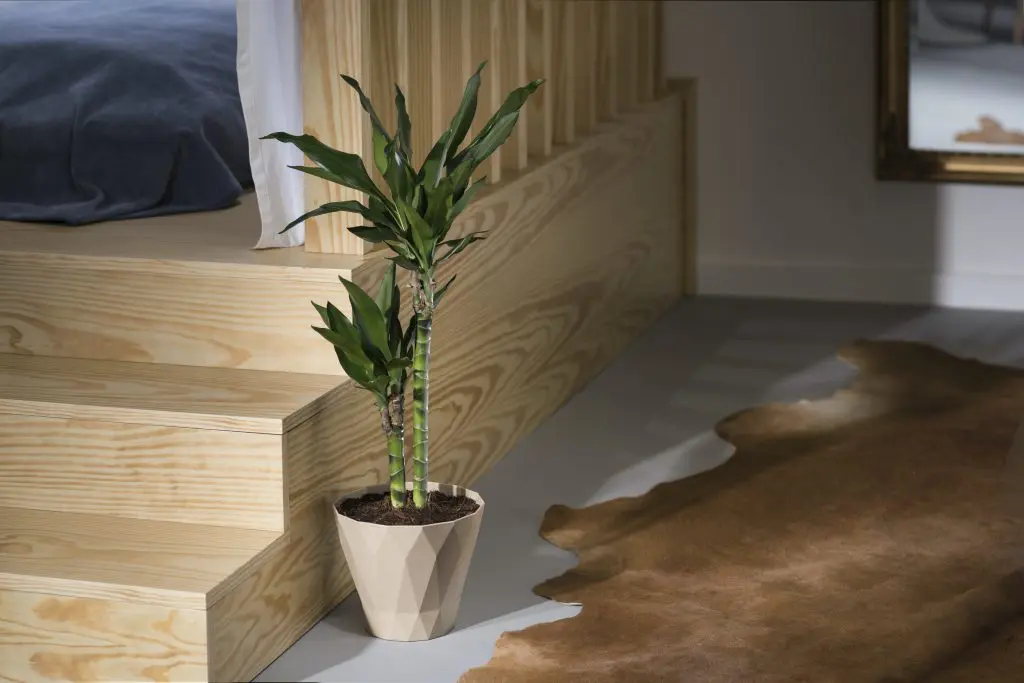
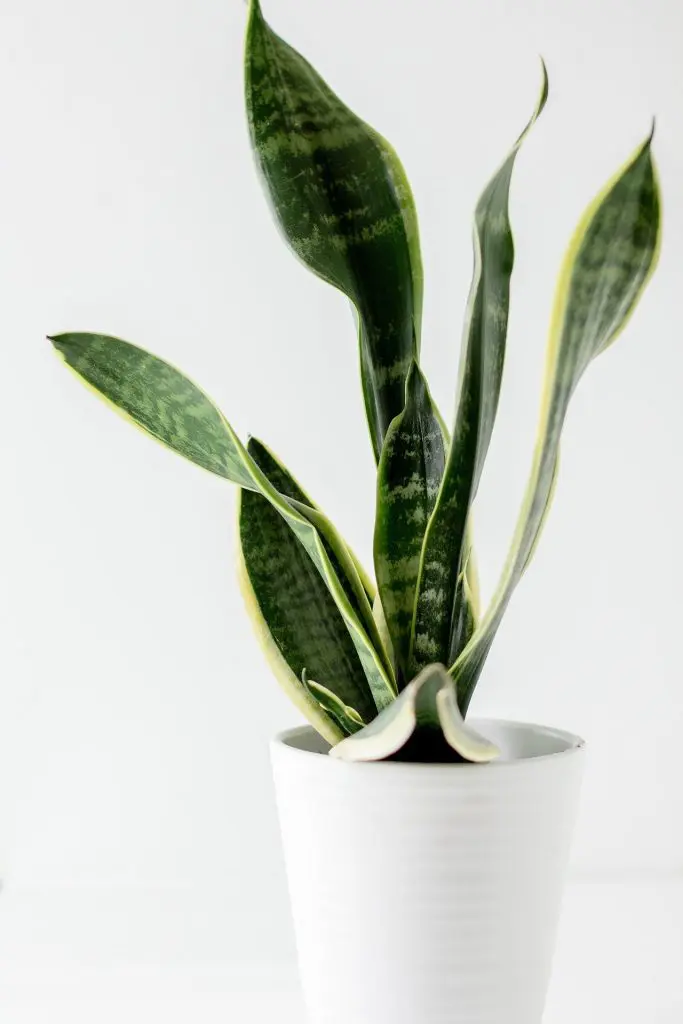
4. Snake plant
Family: Sansevieria
Difficulty level: Easy
Pet friendly: ASPCA lists snake plants as mildly toxic to pets
Benefits: Snake plants are one of the best plants to help purify the air. They release oxygen at night through a process called Crassulacean Acid Metabolism.
Location/room of house:
Bedroom because it helps purify the air (but keep away from drafty windows) Able to grow in bright direct sunlight and shady spots. Snake plants can easily survive in fluorescent lighting conditions, but they do appreciate more direct light so are perfect for a desk next to the window
This plant thrives with indirect light and little water, making it ideal for any home environment.
Great for a bright location out of direct sunlight.
Watering:
Water: Water every 10 days – make sure the soil dries out between each watering. They can handle drying out between watering. Once or twice a week is enough in the warmer seasons, and once or twice a month during the winter months is suitable for this tough plant.
5. Air Plants
Family: Tillandsia
Difficulty level: In the right conditions, these plants are very easy to care for, especially when you don’t have to worry about repotting.
Pet friendly: These plants are non-toxic to animals but we still recommend keeping them out of reach.
Benefits: Air plants use trichomes to absorb nutrients and moisture from the air, meaning they don’t need to be planted in soil. When it comes to positioning your air plants, the sky is the limit. From teacups to hanging globes, these plants make a unique and creative accessory to any home.
Location/room of house: A humid room in the house, such as the kitchen or bathroom, is ideal, but with regular misting they can grow in any room with bright light.
Light: Air plants with green leaves can manage fairly well in shady areas, whereas grey and white species prefer bright light and even direct sunlight.
Watering: Air plants enjoy either regular misting, or being soaked in a bowl of water for around 30 minutes every couple of weeks. Make sure they can drain well.
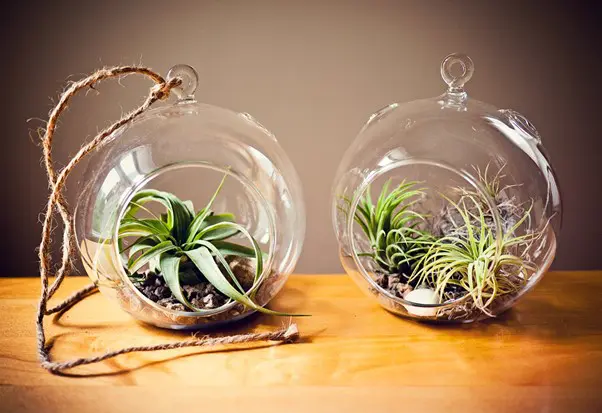
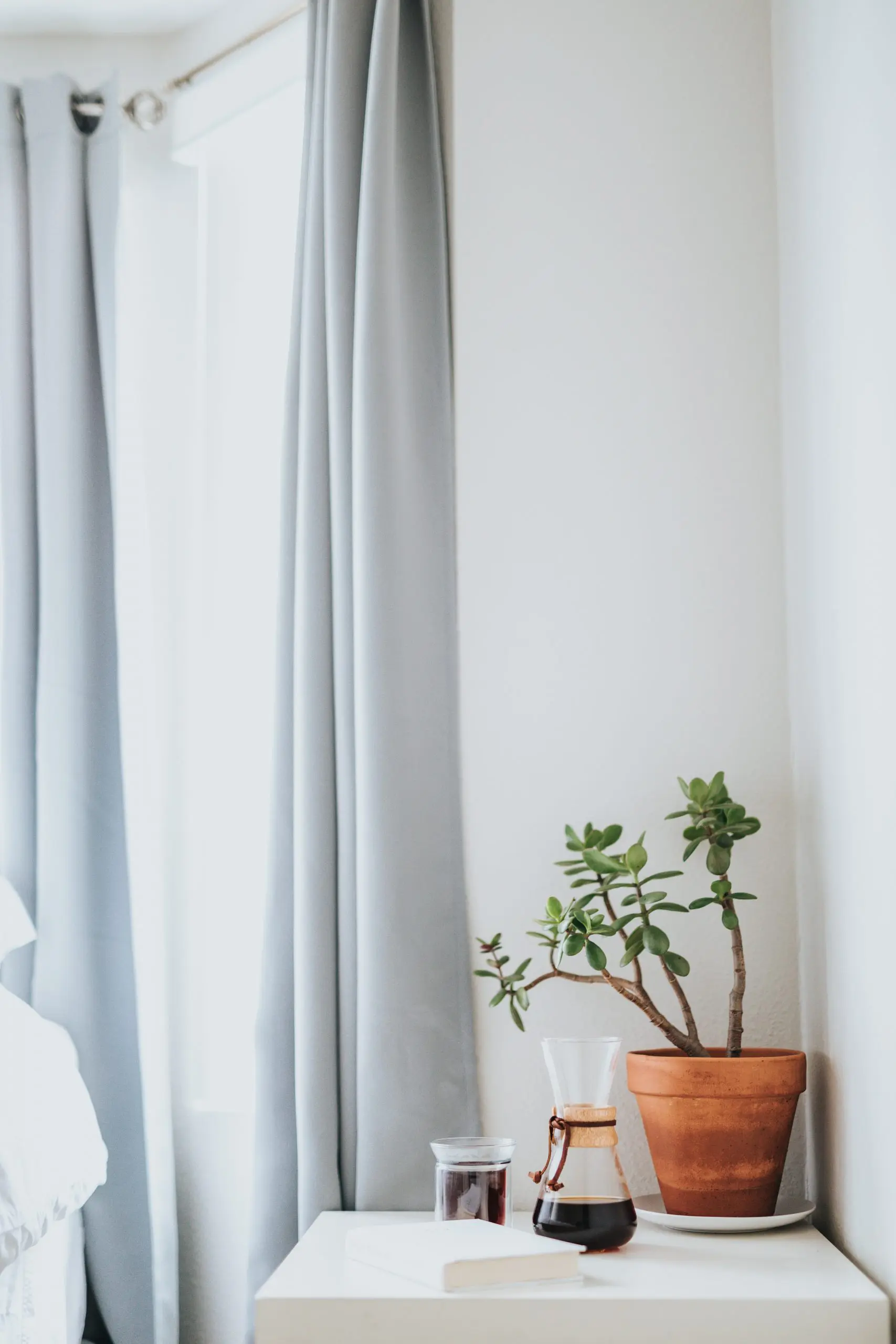
6. Jade Plants
Family: Crassulaceae
Difficulty level: Easy
Pet friendly: Jade plants are toxic to cats, dogs and horses. Symptoms after ingestion include: vomiting, depression and incoordination.
Benefits: In many cultures, Jade plants represent wealth, luck and prosperity. Due to their long lifespans and resiliency, these plants make the perfect gift for a loved one that can be passed from generation to generation.
Location/room of house: Jade plants thrive in warm places with lots of light, so we’d recommend. Kitchens and offices with a south or west facing window.
Light: Jades plants love bright light and young plants especially need lots of indirect sunlight to thrive. Whatever age, Jade plants should receive at least four to six hours of sunlight per day.
Watering: Jade plants require regular watering their growing season, spring and summer, but less so in the fall and winter. Between each watering, the soil needs to be able to dry out fully because Jade is particularly susceptible to root rot.
Although, a lot of houseplants are fairly easy to care for, remember to read up on your chosen species and cater to its requirements to ensure a happy, thriving plant. For particularly thirsty species, like Bamboo as mentioned above, we recommend using a Kaleido sprayer to make life easier.




